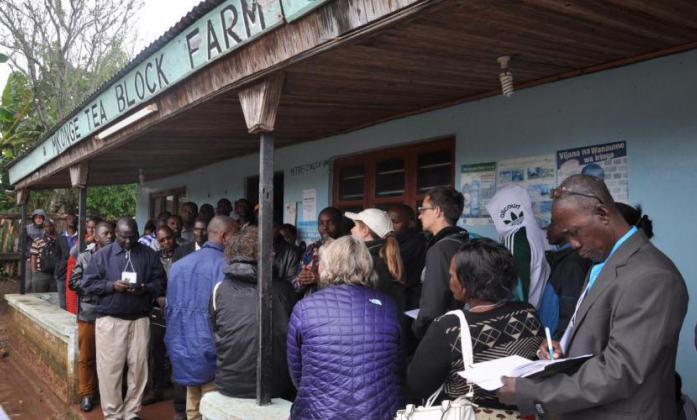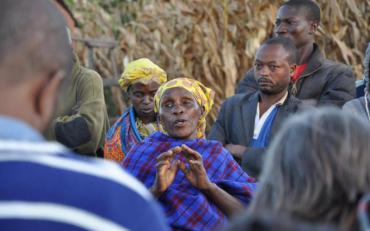In southern Tanzania constructive dialogues are a primary avenue for exploring and reconciling different and sometimes competing stakeholder perspectives within landscapes. The Land Use Dialogue initiative, coordinated by The Forests Dialogue, with a host of local and global partners including IUCN, has facilitated dialogues in this landscape that is at risk of deforestation to enable responsible business, improve governance and help ensure inclusive development.
Southern Tanzania is notable the world over for its iconic wildlife populations and high biodiversity. Perhaps less well known, is the region’s role as the country’s breadbasket. With a broad variety of agricultural activities, production forests, access to freshwater for irrigation and highly productive soils, both the government and investor groups have taken notice of its high economic potential and designated a large area spanning from Dar es Salaam to Mbeya as a growth corridor.
With this potential come the pressing challenges of natural resource management. Of particular concern is the management of the region’s watershed. With smallholder cultivation expanding into wetlands and tributaries, agribusinesses developing large-scale irrigation systems, and climate change making rainfall less predictable, the Great Ruaha River, the region’s main river and the country’s main hydropower source, is under extreme stress. The scale of the challenge and breadth of actors merits landscape-wide attention.
Working to address these issues, over 80 participants gathered in Iringa, Tanzania in June 2017 to participate in the second Land Use Dialogue (LUD) organised by IUCN’s SUSTAIN initiative, the Southern Agricultural Growth Corridor of Tanzania (SAGCOT) and The Forests Dialogue (TFD).

Participants included stakeholders from sectors including: conservation, agribusiness, government, smallholder farmers, pastoralists, foresters and researchers. Among the issues raised at the LUD was the importance of ensuring that growth in the region is not only ecologically sustainable, but inclusive of smallholders who make up 70-90% of the population. Another key issue was the importance of initiating public-private partnerships to create linkages between communities and existing industries (see related report).
Many participants noted that Tanzania’s current Village Land Use Plan (VLUP) system, designed by the government to secure smallholder tenure and designate areas for conservation and investment, would benefit from stronger local ownership and a landscape level approach. For example, one of the sites visited by dialogue participants included Mawambala Village where the VLUP system was ultimately rejected by the village council. The community perceived the VLUP as too constraining, specifically citing the regulation which forbids planting crops in close proximity to creeks and wetlands for watershed and erosion protection. “The crops we grow on riverbanks feed our children,” one resident explained, highlighting the delicate nature of finding a balance between meeting community needs and sustainably managing natural resources.
Experts from several other African nations were also on hand in Iringa to observe the process and prepare for organising LUDs in their own landscapes.
Photos and video: The Forest Dialogue
